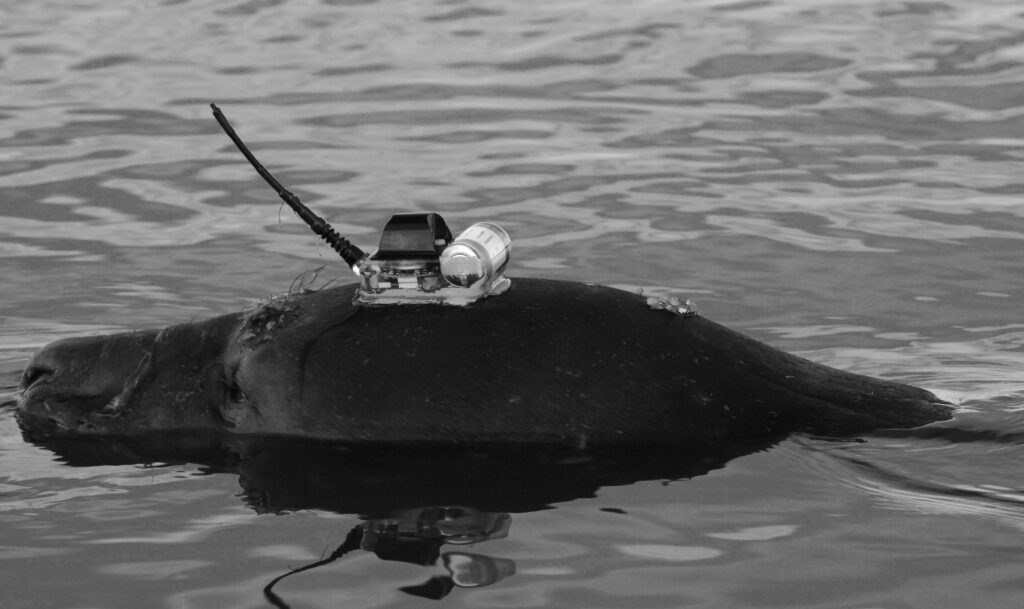Elephant seals on Kerguelen Island, in the sub-Antarctic, are being fitted with devices to gather ocean information to provide a clearer picture of global climate processes.
Members of the Animal-Borne Ocean Sensors (AniBOS) network team are fitting around 40 elephant seals with the devices during the molting season, which lasts throughout January and February. AniBOS integrates oceanography with biology and is an emerging network of the Global Ocean Observing System (GOOS).
Once a device is fixed to the elephant seal’s new hair and the animal is swimming in the Antarctic Ocean, it will send information from around 80 deep dives daily. The devices cost roughly €7,000 (US$7,900) each.
Dr Clive McMahon of the AniBOS network, who has studied elephant seals for his entire career, said, “If we know what’s happening in the High Antarctic Ocean we have a much better grasp of global climate processes. Obtaining high-latitude observations is critical. Elephant seals can dive up to 2,000m and have the fantastic ability to access platforms like coastal shelves that other platforms are unable to easily reach.”
The AniBOS Ethical Advisory Board oversees the fitting of devices, which weigh roughly 0.1% of the elephant seal’s body mass.
Emma Heslop, a program specialist for GOOS, said, “The AniBOS network provides vital profiles of the upper ocean temperature and salinity in hard-to-reach areas such as the north and south polar regions. These profiles flow into weather models in real time and are also used for climate change analysis. The information that elephant seals provide also enhances our knowledge of their behavior; for example, how, what and where they forage for food. This and the oceanographic data provide powerful tools for conservation and management.”



